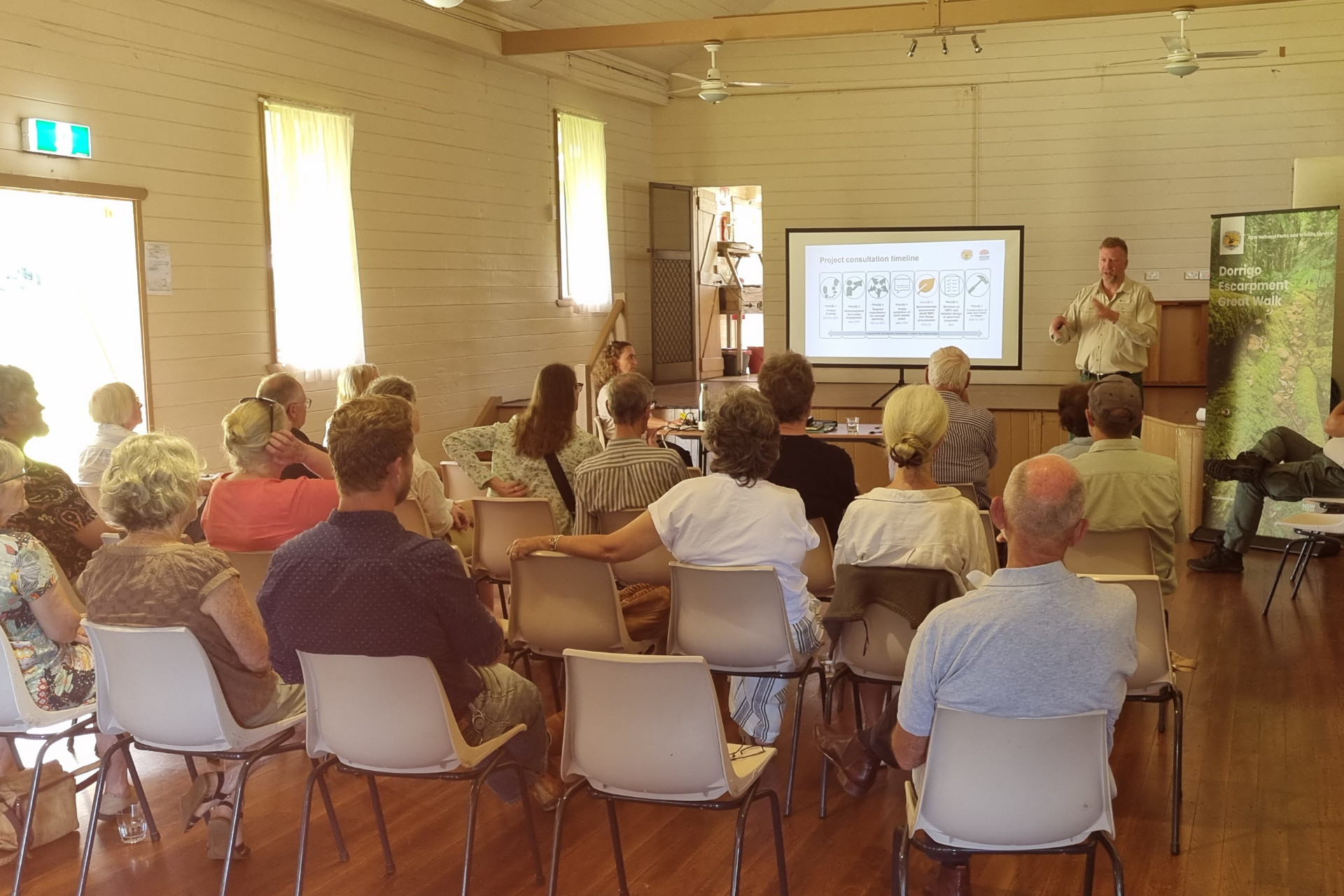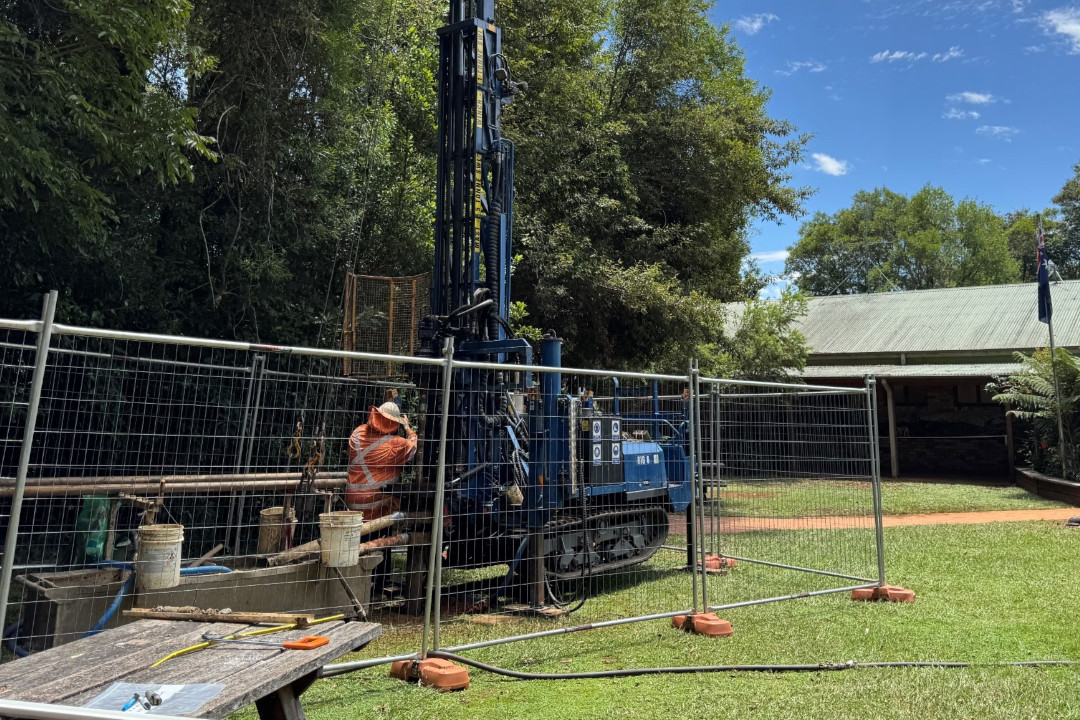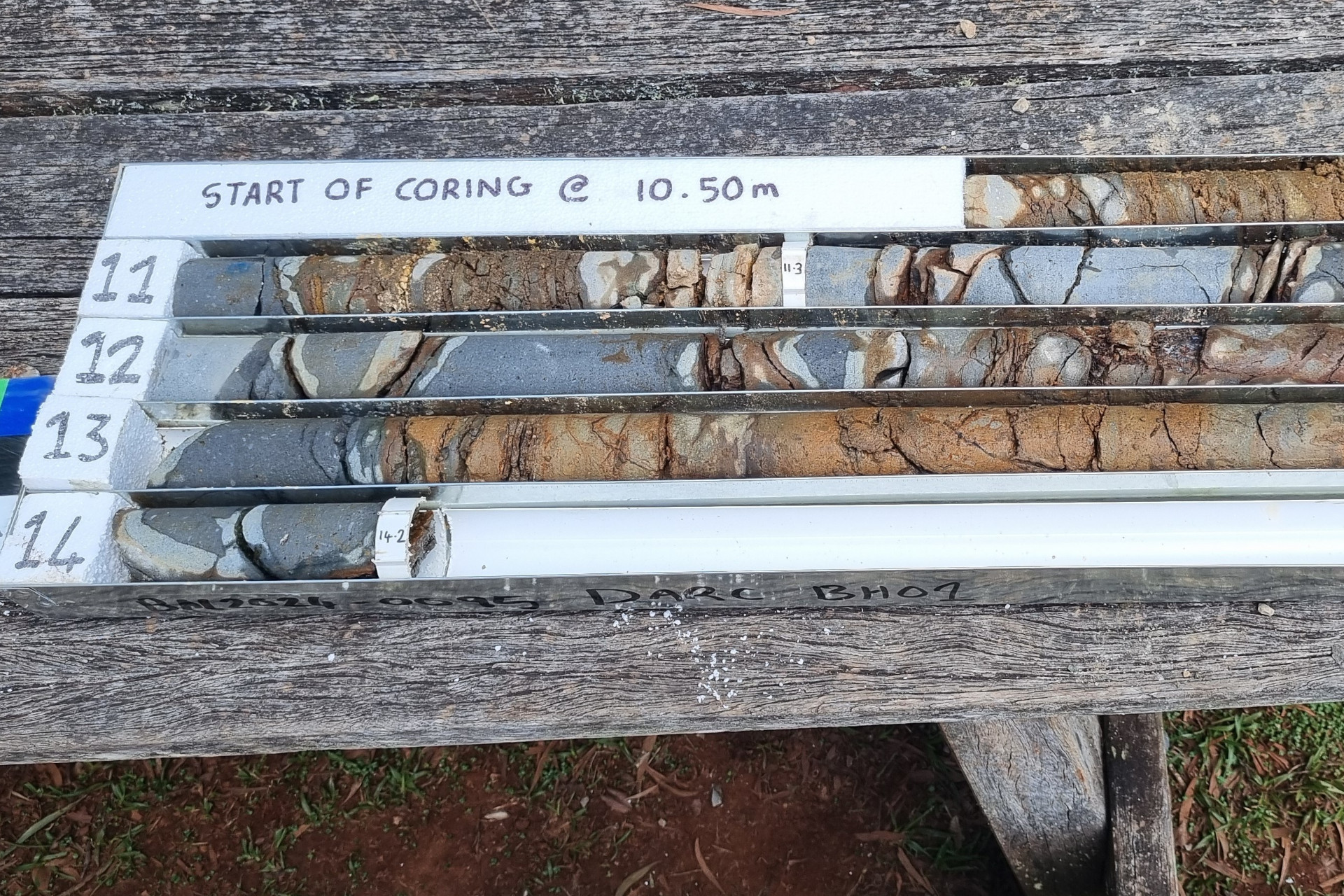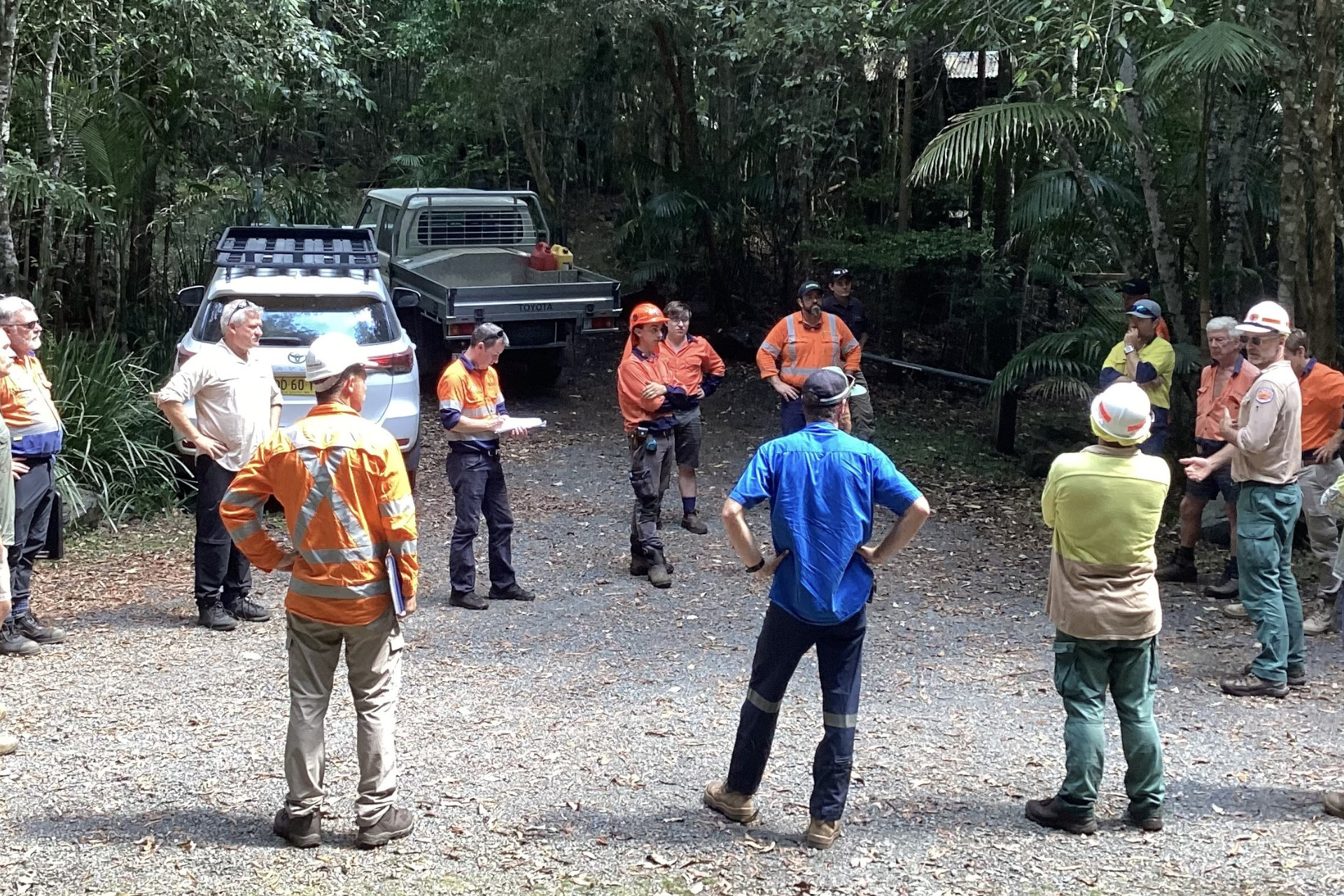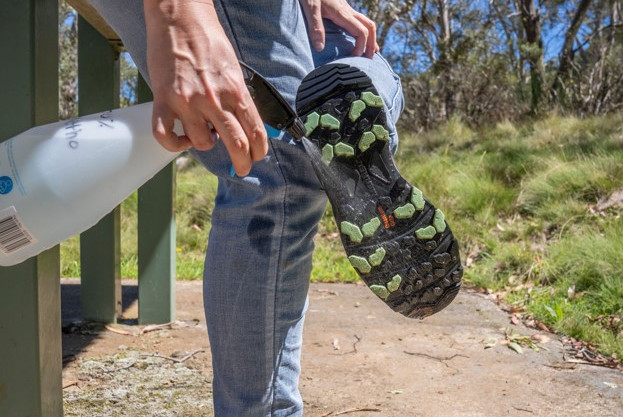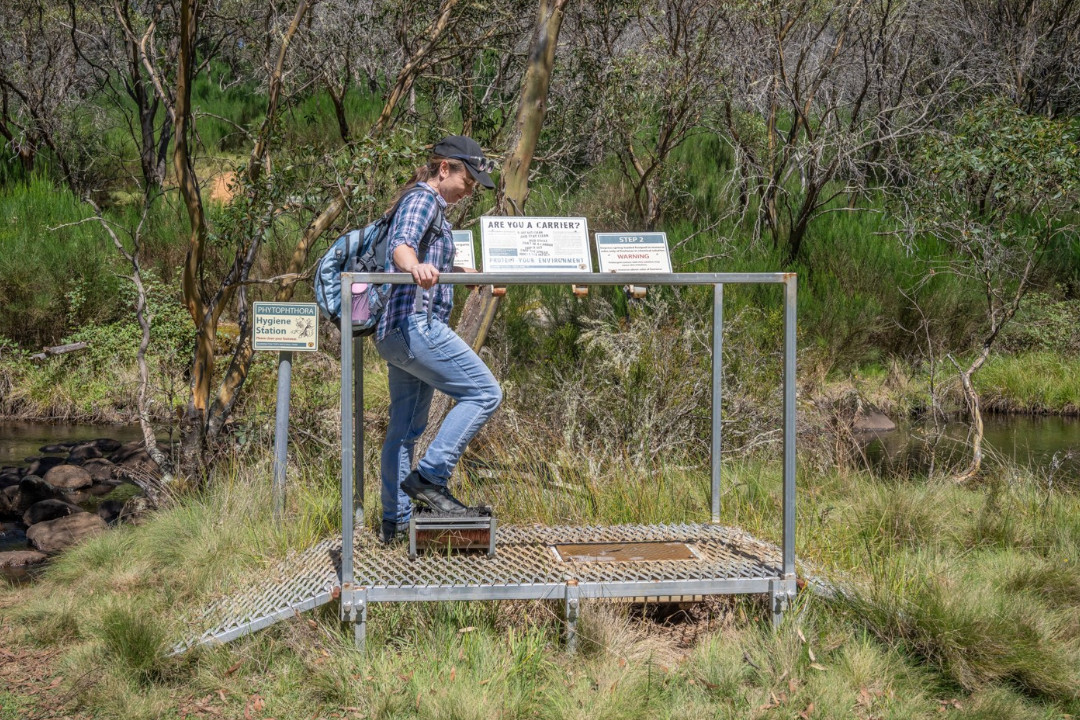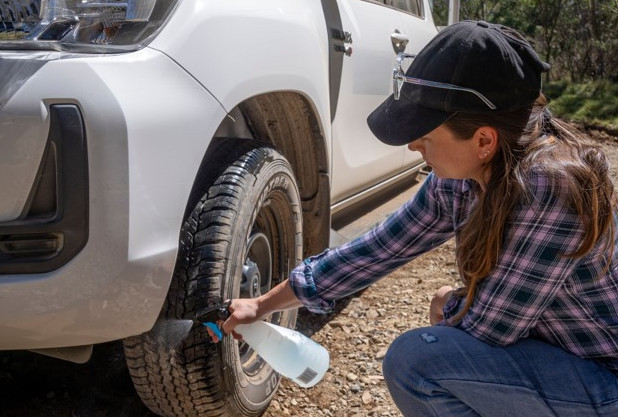Project overview
Public consultation on the environmental assessment
Firstly, a reminder that the public exhibition of the environmental impact assessment for the multi-day walk component of the Dorrigo Escarpment Great Walk project is closing soon.
This review of environmental factors documents the environmental impact assessment of the proposed activities to create the new multi-day walk. It examines the significance of likely environmental impacts of the proposal and details the measures required to mitigate adverse impacts to natural, cultural and social values.
You can have your say on the draft review of environmental factors until Monday 24 February 2025.
We invite you to read the draft review and associated reports and make a submission if you have any additional information, identify any errors, or have any comments about potential environmental impacts or recommended mitigation measures.
Visit www.environment.nsw.gov.au/consult to view the reports and make an online submission.
Public feedback on the review of environmental factors helps the determining authority to decide whether an activity should be approved and assists in the development of appropriate conditions should approval be given.
Please note that the draft environmental assessment for the Dorrigo Arc Rainforest Centre component will be released for public comment in the next few months.
Community turns out for information sessions
Over the last week, the project team have been holding community information sessions to provide a summary of the environmental assessment and share the latest project information. Sessions were held in Dorrigo on Monday, Gleniffer on Tuesday and Upper Orara on Thursday.
66 community members took advantage of the opportunity to learn about the proposed multi-day walk and the mitigation measures planned to reduce the environmental impacts of the proposal.
We’re continuing to work through some practical issues with park neighbours concerned about public access roads, track heads, weeds and other matters, and welcome further feedback at any time.
Feedback from the participants was positive with one Dorrigo attendee responding:
‘Thanks for the most informative presentation on Dorrigo's Great Walk on Monday. The huge amount of research and community consultation is impressive and the delivery calm, clear and precise. Loved it.’
Feedback from the Upper Orara session on the community Facebook page:
‘By all reports, the National Parks team were fantastic…as is the project!’
Current project activities
Geotechnical investigations underway
You may have noticed increased activity near the Dorrigo Rainforest Centre in recent weeks as detailed site investigations got underway to inform the design and footprint of the proposed Dorrigo Arc Rainforest Centre and elevated walkway. Firstly, a small (car-sized) drilling rig was employed to bore 100 mm diameter holes in accessible locations around the visitor centre for soil sample testing to assess the substrate and inform the structural design.
The following week, seismic refraction testing was undertaken by placing probes along an ‘intersect’ line on the forest floor and then inducing a small tremor through the ground using a hammer. The probes pick up the tremor as it is refracted back to the surface which provides imaging of the soil and rock profile to a depth of 30 m. These non-invasive works will be cross-referenced with the physical borehole testing to understand the substrate in areas that are not accessible to drill rigs.
Bridge design and construction
Planning is now underway for safe crossing of the many creeks and rivers on the 44-km multi-day walk.
Flood modelling
Last summer, the project team placed remote cameras at 4 proposed suspension bridge locations to monitor stream flows during our wet season. This coincided with one of the highest daily rainfall totals recorded in the area on 16 January 2024, with around 400 mm in 24 hours recorded at Lowanna on the Eastern Dorrigo. The resultant sharp rises in river levels emphasised the need to keep bridges clear of raging flows and the woody debris they carry, to ensure the bridges survive and hikers are kept safe. A subsequent flood modelling and hydrology report recommended the bridges be built up to 5 m above river level to withstand 1:500 to 1:2000 year rainfall events in the catchments.
Procurement for design and construction
The Dorrigo Escarpment Great Walk project team has undertaken an exhaustive procurement process to select the best company to deliver the 5 suspension bridges required along the walk route. The bridges are 15-40 m spans with a capacity limit of 1-2 people at any time and designed to be simple and sustainable with low ongoing maintenance requirements.
Detailed site topography and 360 drone imagery, geotechnical and flood data was provided to prospective tenderers to prepare their submissions. Interested companies need to manage some unique project challenges including careful construction in sensitive environments, strict pathogen control guidelines, remote walk-in access and unpredictable weather conditions. All attended an online information session and on-site inspection late last year and now await the announcement of the preferred tenderer so work can commence once environmental approvals are obtained.
Fighting invasive Phytophthora root rot
Phytophthora cinnamomi is a microscopic fungal plant disease that causes plants and trees to rot and die. Also called phytophthora dieback, root rot, or cinnamon fungus, once it’s established it can’t be eradicated and there’s no cure. Phytophthora has been recorded in several locations in both Dorrigo and Bindarri National Parks over the last ten years. One of the key considerations in the environmental assessment for the Dorrigo Escarpment Great Walk is how we can limit its spread.
Phytophthora attacks the roots of susceptible plants, stopping them from absorbing water and nutrients. The pathogen lives and spreads through movement of infected soil, water or plant material, including by humans, vehicles and water runoff, and potentially through construction practices. The Review of Environmental Factors outlines safeguards for both the construction and operational phases of the walk. These include hygiene protocols for construction teams, the installation of boot cleaning stations at all track heads and camps, and hiker education briefings at the start of the walk.
For more information and an informative video see www.nationalparks.nsw.gov.au
How you can help fight Phytophthora
To prevent phytophthora infection and spreading in parks and at home, try these hygiene tips:
- Start your trip with clean, dirt-free, dry gear (including shoes, bike tyres, camping gear, vehicles)
- Use the boot wash or scrub stations provided
- Stay on formed tracks and follow instructions on signage
- Clean your gear again when you get home – try a solution of 70% methylated spirits or ethanol, 30% water, and wash straight into the septic/sewage system. You may want to keep a spray bottle in the car.
